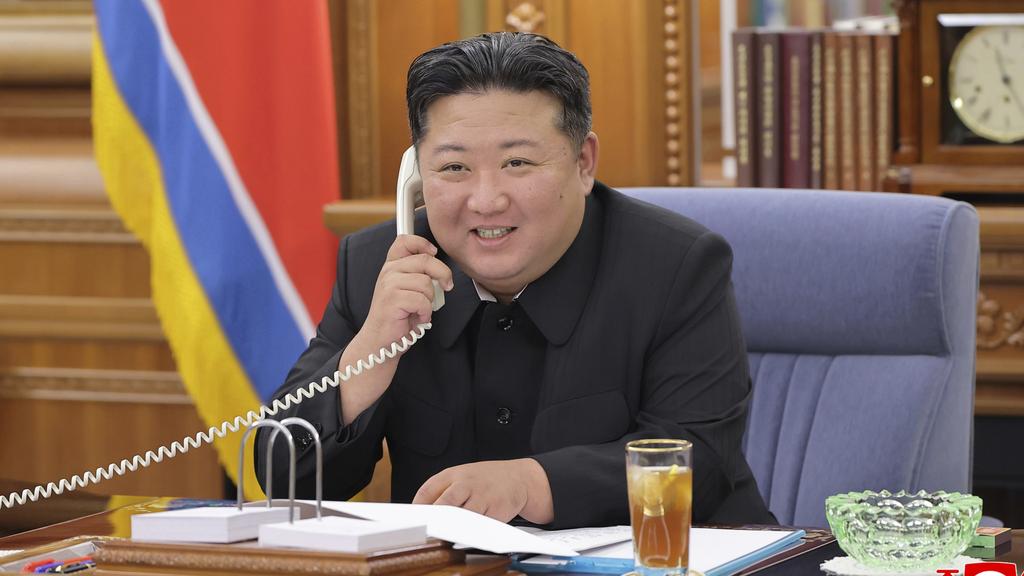
This article is more than
10 year oldPYONGYANG (Reuters) - On the first day of North Korea's biggest political gathering in 36 years on Friday, the closest visiting foreign journalists got to the action was across the street, hundreds of meters f-rom the hall whe-re the Seventh Workers' Party Congress was taking place.
Inside the venue, an imposing stone hall the size of two soccer pitches, North Korea's 33-year-old leader Kim Jong Un was presumed to be kicking off an event whe-re he is expected to outline his "Byongjin" policy of simultaneous pursuit of nuclear weapons and economic growth.
It has also been anticipated that he will further consolidate his power.
No one among the overseas press standing outside could know for sure, however.
The lack of information about the biggest news story in town is hardly a surprise for a country that is notoriously secretive and isolated f-rom the rest of the world.
Even state television did not carry live coverage f-rom the congress, and only the presence of a ring of roughly one hundred guards, dressed in identical business suits and holding umbrellas in the rain, gave clues that Kim might be there.
When journalists returned to the press center at their hotel, cloistered on an island on the Taedong River, four large flat screen TVs had been turned on for the first time.
Instead of the congress, the morning's TV programs included Korean People's Army concerts and old propaganda films.
Late on Friday night, state TV aired a recording of the leader's opening remarks.
The movements of the unusually large press corps of 128 reporters f-rom 12 countries are closely managed and choreographed. Much of the country is off-limits.
It is not yet clear whether foreign journalists will get access to the congress, expected to last between three and five days. Reporters have been offered the chance to visit other locations, including founding president Kim Il Sung's birthplace and the Pyongyang maternity hospital.
On Friday, they were taken on a tour of Pyongyang 326 Electric Cable Factory, while a day earlier members of the media saw a model farm and a gala of music, singing and acrobatics at a children's palace that lasted about two hours.
At the last party congress in 1980, the highlight for the foreign press was a mass rally and speech by Kim Il Sung, the current leader's grandfather, said Yang Moo-jin of the University of North Korean Studies in Seoul.
It was not known if something similar has been planned for this year's event.
Still, it is possible to report on some of the economic changes happening in North Korea.
The Pyongyang skyline is rising, despite international sanctions imposed in retaliation for North Korea's nuclear weapons program, and locals can be seen purchasing goods using an unofficial exchange rate.
Solar panels also line the balconies of Pyongyang apartment buildings, an indication of people taking power into their own hands amid the country's ongoing energy shortages.
Journalists have been allowed to stop and interview citizens of Pyongyang with almost unrestricted freedom.
Some interviewees engage in casual conversation, but in front of television cameras, each thanks Kim Jong Un for his hard work building a thriving socialist nation.
"Whenever I come here, I feel the love and affection of our great Marshal Kim Jong Un," said eight-year old Sun Ji Hoon, one of the performers at the children's palace.
(Additional reporting by James Pearson; Editing by Tony Munroe and Mike Collett-White)